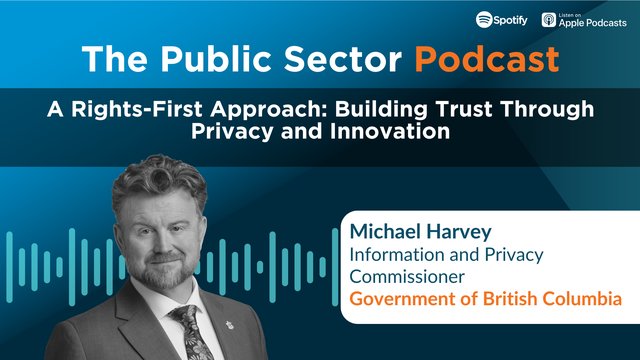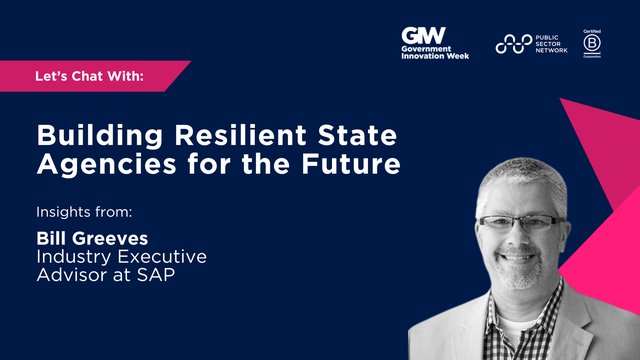

Government procurement is the business of how government agencies spend citizen tax dollars to buy the things those agencies need to fulfil their missions. And it is big business.
AusTender, the publisher of centralised information on Australian Government procurement, reported 824,178 contracts started between 1 July 2012 and 30 June 2022, with a total value of $565 billion. The top 3 government spend categories include Commercial, Military and Private Vehicles and their Accessories and Components ($123 billion), Management and Business Professionals and Administrative Services ($107 billion), and Engineering and Research and Technology Based Services ($57 billion).
“Since 2019, the number of opportunities going through the marketplaces has more than doubled to almost 8,000 opportunities in 2022,” said Wayne Poels, General Manager for Digital Investment Advice and Sourcing for the Digital Transformation Agency.
Government agencies are obligated to spend citizen dollars efficiently, effectively, and transparently. The drivers are the same as in commercial tendering: lower prices, higher quality goods and services, and increased innovation. Agencies have a further obligation to encourage a fair and competitive bidding process to diminish the risk of favouritism and other fraudulent behaviour while also giving equal opportunity to smaller suppliers that are minority-owned, veteran-owned, etc. Despite this, more than 75 per cent of annual federal contracts are currently awarded to big business.
The problem for government is that procurement is a complex form of case management with myriad rules and requirements, long-lived processes that cross departmental and organizational boundaries, and constantly changing data states. Legacy government IT systems are not up to the task of reducing this complexity and providing holistic transparency.
Challenges facing government agencies
Growth in the number and scope of government contracts is straining government procurement systems. The implementation of effective procurement case management solutions can enhance functionality to meet compliance, legal and accountability requirements.
Further, outdated siloed technology and inadequate management processes prolong the procurement process, create inefficiencies, and expose agencies to preventable risks and delays to improved mission outcomes.
Government agencies know they must modernise their acquisition process but identifying the most efficient and cost-effective outcome can be confusing.
Modernisation of procurement systems must successfully integrate the two elements of the procurement process: finance and contract writing systems. Finance teams track and allocate money while contract writing teams manage the creation, execution and administration of contracts, and the integration of their data sets is critical.
Finance and contract writing teams must share budgetary information, cost estimation, real-time obligation and commitment tracking. Additionally, they both need access to invoicing and payment information, financial reporting and compliance data.
Some agencies decide to modernise their financial system to incorporate contract writing functionality. However, this approach doesn’t incorporate the needs of the contract writing community and lacks important functionality, such as the ability to duplicate CLINs.
“While both financial and contracting systems need to be modernised and data standards need to be established to enhance communication between them, they need to be separate products to meet the needs of separate functions,” said Jake Edelman, Specialist Leader at Deloitte Consulting LLP, during a recent online discussion hosted by Appian.
The benefits of a platform approach
A low-code platform that provides end-to-end automation with interwoven Data Fabric technology provides a modernisation layer that sits on top of existing infrastructure. Automation streamlines processes while the Data Fabric simplifies integration to provide a 360-degree view without moving the data.
It harnesses AI, Machine Learning and Process Mining to improve speed, data sharing and process orchestration. A platform approach eliminates the need to adapt legacy technology, infrastructure and knowledge.
In this way, such a platform approach improves every aspect of the procurement lifecycle:
- Requirements Management: Intelligent requirements gathering simplifies compliance with regulations and mission mandates.
- Award Management: Proactive management of funding, spending, and contract dates keeps procurement teams on track and on schedule.
- Source Selection: a simplified and standardized supplier evaluation process reduces the risk of a protested decision down the line.
- Clause Automation: Including generative AI in the process makes it faster and easier to ensure the right contract clauses are selected.
- Vendor Management: Breaking down the silos between contracting and suppliers creates a more transparent and efficient marketplace.
According to another participant in the Appian event, Gail Guseman, Specialist Leader, Deloitte Consulting LLP, a low-code solution also provides agility, a key requirement of a modern procurement system.
“Taking an agile approach to data is vitally important, as it allows you to easily add new requirements and incorporate user feedback,” she said.
A procurement system integrates financial, ERP, records management, case management, enterprise reporting and property management systems. Instead of migrating and restructuring all these data sets, a platform can seamlessly join disparate systems and share data as required.
A low-code platform provides robotic process automation (RPA), a critical component of a contract writing solution that allows connection between systems without APIs, so data can be automatically copied and pasted rather than requiring manual data entry.
Appian works with Public Sector clients to develop solutions that can be updated as new technologies emerge. Technology is changing rapidly, and procurement platforms need to be able to capitalise on technological advancements.
“I think that embracing some of these next-generation technologies will make acquisitions better for everyone,” Ms Guseman commented.
Successfully managing change
One of the risks of modernising a well-entrenched system is that end users can reject its replacement, resulting in organisations losing valuable employees with historical knowledge. Introducing intuitive case management solutions requires thoughtful adaption and training. However, there are numerous benefits – streamlined processes, improved user experience, and a significant reduction in manual, time-consuming tasks. Such solutions act as the backbone of modern procurement systems, seamlessly navigating through complex contracts and compliance. When working with government clients, Appian recognises that the educational component of change management is almost more important than the technology.
Bringing end users in and letting them know what to expect from the process is an integral part of every Appian project. This includes a thorough understanding of improved case management capabilities – how it helps navigate through complex procurement tasks, ensures nothing is overlooked, and makes their daily work easier. Communication elements must help stakeholders to understand what is changing, why, and how it will affect their role.
The most powerful change management feature of low-code platform development is how it brings the end-user community closer to the development process. A low-code platform facilitates engagement and feedback from all stakeholders throughout the creation and implementation process, resulting in a user-friendly interface that improves staff retention and employee satisfaction.
As well as achieving the faster development of a product that meets the precise needs of end users, a low-code platform takes users along on the journey, providing them with a sense of ownership of the system.
“Stakeholders shouldn’t be surprised by the change,” said Ms Guseman. “Communications and change management elements are critical to successful project rollout.”
Published by
About our partner

Appian
Appian is a software company that orchestrates business processes. The Appian Platform empowers leaders to design, automate, and optimize important processes from start to finish. With our industry-leading platform and commitment to customer success, Appian is trusted by top organizations to drive transformational process change.
Learn more

































